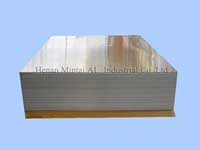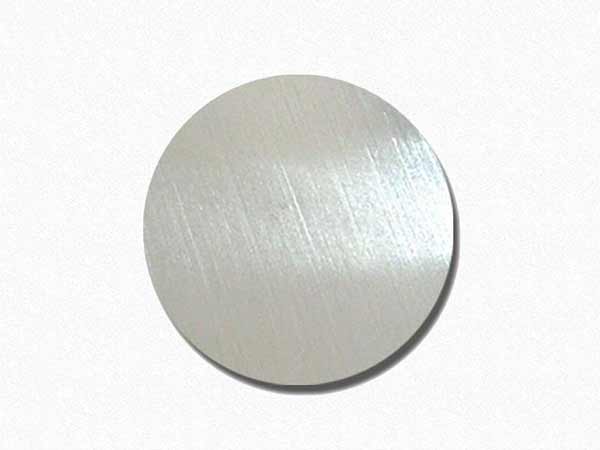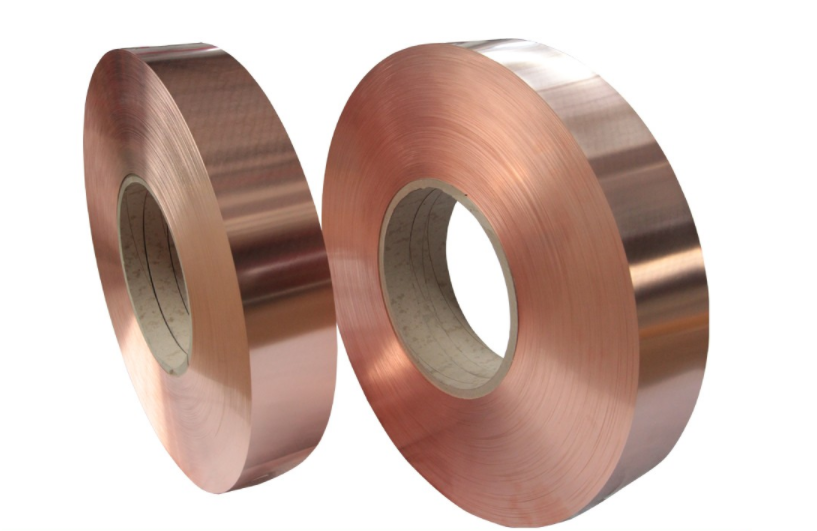7050 aluminum alloy
2018-12-25
7075 alloy is a typical aviation super-hard aluminum. It is an "old" AL-Zn-Mg-Cu alloy and a young alloy with strong energy. It is "old" because it is the first stereotype. The super-hard aluminum was fixed in 1944. It was used in the United States, Japan, and the former Soviet Union to manufacture aircraft. It is only 74 years old and still in the middle-aged stage. It is said to be "young" because it is still the main material of the key structure of the aerospace vehicle. It seems to be that only when the composite material can be mass-produced in large quantities and the price is reduced to be competitive with super-hard aluminum, the super-hard aluminum will withdraw from the historical stage and give way to the composite material.
After more than 70 years of development, the 7075 alloy has formed a fairly large family. Nowadays, the commonly used alloys are 7075/7175/7475 alloys. The 7275 alloy is not satisfactory because of its unsatisfactory performance. It becomes an uncommon alloy, and the 7375 alloy is completely eliminated. Never use it anymore. The chemical composition of the three commonly used alloys is shown in Table:
7175 alloy is cleaner than the 7075 alloy, while the 7475 alloy is cleaner, that is, their impurity content is lower than one. For example, the silicon content of the 7475 alloy is only 25% of the 7075 alloy, that is, the alloy than the 7075 alloy. The small 0.30 percentage points, so the 7475 alloy has higher toughness and better overall performance.
7075 alloy is an aluminum-zinc-magnesium-copper heat-treppable high-strength deformed aluminum alloy. It is a veteran of super-hard aluminum, but it is not a big one, because it has more strength and can be used to process all semi-finished products. For the manufacture of a wide variety of structural components, especially aerospace structural components, is today's use of most extensive high-strength aluminum alloy, as large as the C919 large aircraft front fuselage long squat, passenger observation window frame forgings, medium machine Body bends and long rafts, keel beam webs, floor turn beams, mid-rear fuselage long squats, passengers observe window frame forgings, cargo door frames, front frame pressure heads, door frames, etc and as small as the phone case. It has a variety of heat treatment conditions: T6, T73, T76, T77. T6 state material has high mechanical strength properties, but the fracture toughness is low and sensitive to stress corrosion, but its toughness decreases with temperature. Therefore, T6 state material is not suitable for manufacturing low temperature structural parts and workpieces; T73 material strength is lowest, but has a relatively high fracture toughness, good resistance to stress cracking and flaking corrosion resistance; T76 material has higher strength than T73 material and higher resistance to stress corrosion cracking than T6 material. The static strength properties of 7075 alloy are higher than those of 2024 and 2124 alloys, and the fatigue properties are comparable. O-state and W-state materials have good room temperature forming properties.
7075 aluminum alloy can be resistance welded, the long-term working temperature of the workpiece is ≤125 °C. The incomplete annealing specification of materials or workpieces is 290 ° C ~ 320 ° C. After 2 h ~ 4 h of heat preservation, the air cooling is performed; the full annealing specification (390 ~ 430) ° C / (0.5 ~ 1.5) h, the cooling rate is not more than 30 ° C / h Cold to ≤200 ° C, then air cooled.
The solution treatment temperature of 7075 alloy sheet is 460°C~490°C, and the processing temperature of aluminum sheet should be close to the lower limit. The number of repeated treatments should not exceed 2 times, so as to prevent the diffusion of alloying elements into the aluminum layer and reduce the corrosion resistance of the material. The heating temperature of the extruded material is 460 ° C ~ 471 ° C. After heat preservation, quench in room temperature water or warm water or other suitable cooling medium and the transfer time should be <15s.













 (Chat Online)
(Chat Online)



